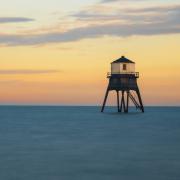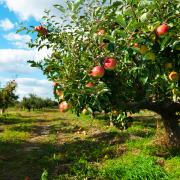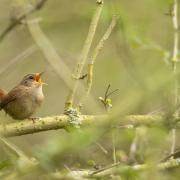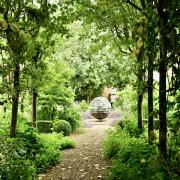As we emerge from the winter months, we start to see changes in the natural world as spring cascades across the landscape bringing with it an uplifting feeling to us all. Where there once was a muddy grass verge, spring flowers now bring colour. Where a winter morning was dominated with the sounds of storms it is now filled with birdsong. Soon the spring sunshine will see butterflies emerging from hibernation, tree leaves unfurling and migrant birds arriving to our shores. When you’re out exploring the Essex countryside this month, take the time to spot a few elements of the changing season for yourself.

This beautiful flower with its delicate yellow petals is a sign of spring that many people look out for each year. The oblong shaped leaves grow in a rosette shape on the ground, and flowers have five petals of pale yellow with an orange colouring towards the centre. These plants begin blooming in late winter and early spring. They can be spotted growing in verges, woodlands and meadows.

Songbirds singing
If you wake up early in the winter months and listen to the sounds of nature, the bird you might hear is the Robin, which is known for singing near streetlights. However, at this time of year more species begin to join the band. If you hear a melodic song with fluty notes, then this is likely from a Blackbird. These birds begin to sing around March and are one of the earliest in the morning to start up. Song Thrushes can also be heard signing this month, and soon the Dawn Chorus will be alive with a species melody including from birds like finches and tits. Listen out in your garden or join a Dawn Chorus walk on an RSPB reserve, where knowledgeable guides will talk you through the different bird songs. There are also bird identification workshops at many reserves, and whether you are new to birdwatching or an experienced observer there is something for everyone.

Waders
One wading bird to spot this month is the Lapwing. This species has a dark green shimmering colour to its back and a regal looking crest, which makes it a good species to look out for if you’re new to birdwatching. They are fun birds to watch too as they will perform an incredible aerial display as part of courtship where they tumble through the sky. It is quite spectacular and not to be missed. You can also see Redshanks on reserves in Essex, a bird with brown plumage and red legs and bill, that also perform a noisy territorial display in spring. Look out for these birds at RSPB reserves like Rainham Marshes, Old Hall Marshes and Wallasea Island.

Butterflies
Although you might associate the summer months with the fluttering of butterflies, some species actually hibernate in the UK, including Peacocks and Red Admirals, so you may spot them during the early months of spring as they fly about gardens and parks. One way you can help creatures such as this is by creating a wildlife-friendly garden that is full of nectar and pollen rich plants, so throughout the seasons there is food and shelter for wildlife. For some inspirational gardening ideas, whether you have a large plot or a small window box, head over to the RSPB Flatford Wildlife Garden, which is open to visitors from April and located near the Essex and Suffolk border.
rspb.org.uk



























